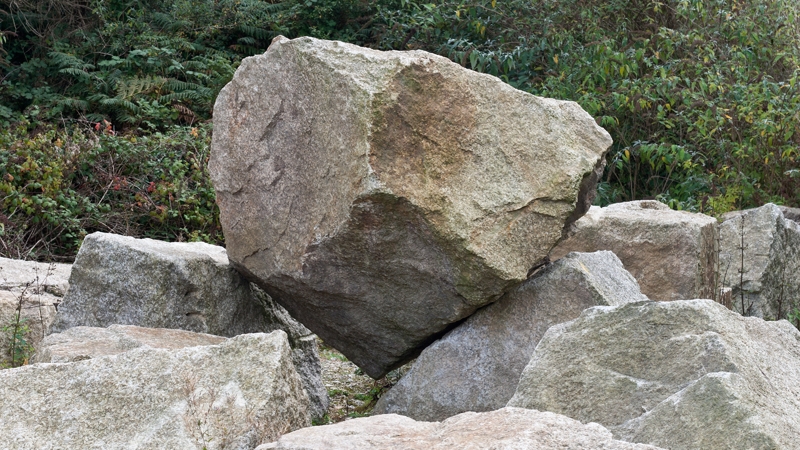ArtReview sent a questionnaire to artists and curators exhibiting in and curating the various national pavilions of the 2015 Venice Biennale, the responses to which will are being published daily in the lead-up to the Venice Biennale opening.
Sean Lynch is representing Ireland. The pavilion is in the Arsenale (Artiglierie).
What can you tell us about your exhibition plans for Venice?
Plans are afoot to exhibit a new installation entitled Adventure: Capital. I’ve been travelling a great deal around Ireland and the UK in the last year, distilling a narrative around the built environment, how it’s made, how we pass through it, how its accumulation of forms burden us as individuals and frame us within historically-determined frameworks. All this comes together as a video in the Irish pavilion, surrounded by a collection of sculptural elements picked up along this journey.
Are you approaching this show in a different way as to how you would a ‘normal’ exhibition?
In some ways the show is an extension of an exhibition I made last year at Modern Art Oxford, based on John and James O’Shea, two nineteenth-century stone carvers who survived the famine in Ireland, went on the road and soon ended up hustling work around Ruskin’s Oxford. Appointed as carvers for a new museum building there, they shaped monkeys, parrots and owls out of stone against the wishes of the establishment, something that still resonates on the site today.
Ruskin encouraged the O’Sheas to carve whatever they wanted on the building and they had complete freedom as artists – something difficult to imagine in the world nowadays. Their work was much inspired by Venice’s Byzantine and medieval architecture – a place they only saw in books or heard about – so I’ve been thinking of bringing the spirit of their associative digressions and playful allegory back to Venice.
What does it mean to ‘represent’ your country? Do you find it an honour or problematic?
My work in the last ten years has attempted to find contexts for a more liberal Ireland, resisting the continuance of hegemonic conservatism that exists through post-colonialism and regrettably still flourishes today. Venice is a good chance to platform these concerns. Like any other artist, I hope what I do can help move things towards diversity rather than constricted nationalism. Representation of your country in Venice offers up the opportunity to voice these concerns and is a special thing in this regard.
How are you approaching the different audiences who come to Venice – the masses of artist peers, gallerists, curators and critics concentrated around the opening and the general public who come through over the following months?
Traditionally, the Irish pavilion is a roaming spirit in Venice – and has appeared in many different sites over the years. In 2015 it is located in the Artiglierie of the Arsenale close to Okwui Enwezor’s curated show. Much of my work features vernacular traits or localisms of Ireland. For example, I’ve assembled an exhibition on conservative reactions and vandalism of modern art in the country (A Rocky Road, 2011), or made a video based on new motorways steamrolling over ancient fairy bushes (Latoon, 2007). I’m always interested in how these regional instances can grow beyond their initial site and be brought to new contexts – and how geography and its subjectivities influences the reading of these activities. In Venice, part of the presentation considers the motif of the river god, often seen upon the city’s buildings and with a particular history in Ireland too – for decades it was used on the country’s currency, residing in pockets throughout the land.
What are your earliest or best memories of the biennale?
Bonami’s 2003 exhibition is still a personal highlight, his embracing of fragmentary approaches through the Arsenale opened up a real possibility of the joy of incoherence – a glossolalia of sorts. I also often think about Belfast artists Paddy Bloomer and Nicholas Keogh, whose homemade gondola constructed out of reclaimed bathtubs floated down the Grand Canal in 2005 with great aplomb.
You’ll no doubt be very busy, but what else are you looking forward to seeing?
The context and pathway of the Belgian pavilion has been interesting – of the group of artists there with Katerina Gregos and Vincent Meessen, I excitedly wonder what Tamar Guimarães and Kasper Akhøj will come up with. Aside from looking at all the art at the biennale I always like to go to the back of the British pavilion, to a space that spans across the canal over to the Greek Pavilion. There, in the 1950s, it was proposed to build an Irish Pavilion, stretching over the water, connected to Greece and Britain, a building never touching the ground, linking together two countries who were at odds at the time over Cyprus. The Irish government refused the idea, and so this potentially beautiful gesture and structure floats like a ghost there now – and sometimes it’s useful to see the gaps between everything else.
How does having a pavilion in Venice affect the art scene in your home country?
One of the jokes I’ve recently heard in Dublin is that if an artist is seen about town with a swish new haircut, it’s because they have an interview for participation in the Biennale! So yes, it’s an aspiration for artists and helps raise the ambition for contemporary art in the country. In recent years Ireland has presented emergent positions at Venice, rather than considering it a place to acknowledge already established figures. Adventure: Capital tours around Ireland after Venice, so it reaches different audiences and exists in other places, something I’m also looking forward to. One big issue is that our neighbours Northern Ireland no longer send any representation to Venice and that’s a situation that needs urgent readdressing.
Read all responses to the Venice Questionnaire 2015 edition published so far
Read all 30 responses to the Venice Questionnaire 2013 edition
Online exclusive published 20 April 2015.
